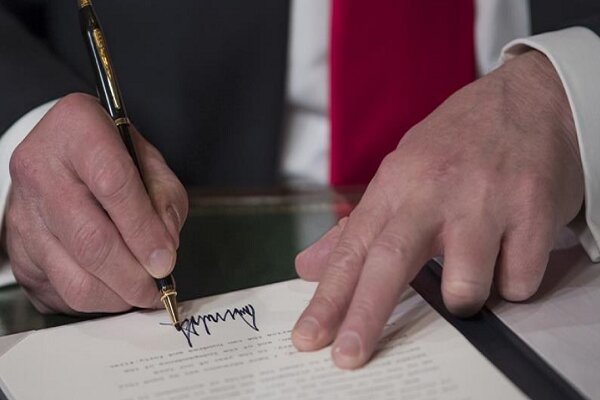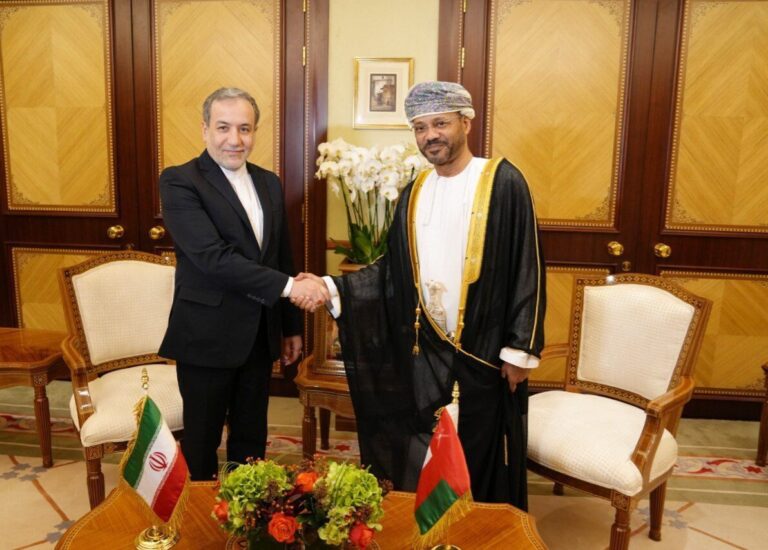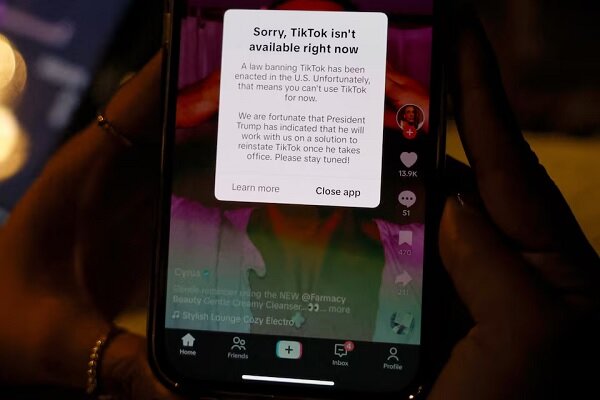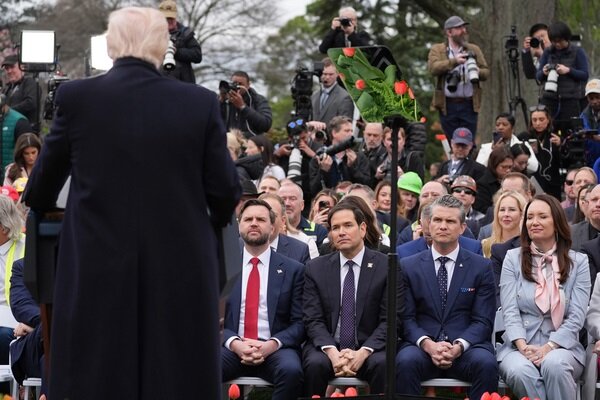Trump Reinstates ‘Maximum Pressure’ Strategy on Iran: A Bold Move to Reignite Tensions
In a significant development regarding US foreign policy, President Trump recently made headlines by signing an executive order that has drawn both support and criticism. This move has raised questions about the future of US-Iran relations and its implications for the Middle East.
During a press conference in the Oval Office, Trump expressed his ambivalence about the executive order, emphasizing the complex nature of the situation. “So, this is one that I’m torn about,” he stated, addressing reporters shortly before a meeting with Israeli Prime Minister Benjamin Netanyahu. His comments highlighted the delicate balance the US must maintain in its dealings with Iran.
Trump’s remarks included a clear acknowledgment of the pressure he faced regarding the order. “Everybody wants me to sign it. I’ll do that. It’s very tough on Iran,” he noted, indicating the weight of expectations from various stakeholders. This sentiment reflects the broader context of US-Iran relations, which have been fraught with tension and conflict.
Despite the challenges, Trump reiterated the United States’ desire for a diplomatic resolution with Iran. “We will see whether or not we can arrange or work out a deal with Iran,” he said, suggesting that there may still be avenues for negotiation. This statement underscores the ongoing complexities in the geopolitical landscape.
While expressing his reluctance, Trump asserted that he felt he had “not so much choice because we have to be strong and firm.” His comments reveal the difficult position the US finds itself in as it navigates its international commitments while addressing domestic and global pressures.
Trump also shared his hope that the measures included in the executive order would not need to be implemented extensively. “And I hope that it’s not going to have to be used in any great measure at all,” he remarked, indicating a desire for a peaceful resolution rather than escalating tensions.
As the White House has yet to disclose the specific contents of the executive order, the implications of this action remain unclear. Analysts are keenly observing how this decision will influence US relations with Iran and other nations in the region.
In a controversial turn, Trump suggested that the United States might consider taking control of the Gaza Strip and displacing the Palestinian population. This statement has sparked outrage and concern among various groups and has raised questions about the US’s role in the ongoing Israeli-Palestinian conflict.
- US-Iran relations: The executive order is seen as a tough stance against Iran, reflecting longstanding tensions.
- Diplomatic efforts: Trump expressed a desire to negotiate with Iran, indicating that the door remains open for dialogue.
- Controversial proposals: The suggestion to take control of Gaza has drawn significant criticism and highlights the complexities of Middle Eastern politics.
As the situation develops, many are left wondering how this executive order will affect not only US-Iran relations but also the broader geopolitical landscape in the Middle East. The potential ramifications of Trump’s actions could have lasting impacts on the region and international relations.
Looking ahead, analysts and policymakers will be closely monitoring the response from Iran and other nations, as well as the implications for ongoing conflicts in the region. The interplay of military strength and diplomatic negotiation will be crucial in determining the outcome of these tensions.
In conclusion, Trump’s signing of the executive order represents a pivotal moment in US foreign policy, one that carries significant weight for Iran and the broader Middle East. As the administration grapples with the complexities of international relations, the balance between strength and diplomacy will be critical in shaping future engagements.






